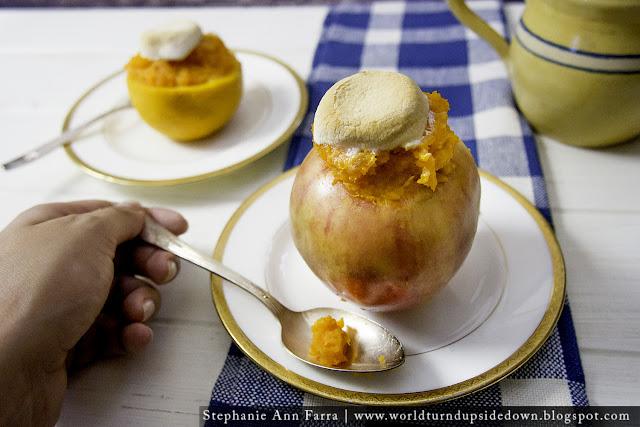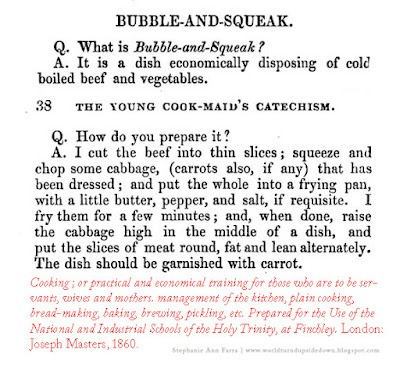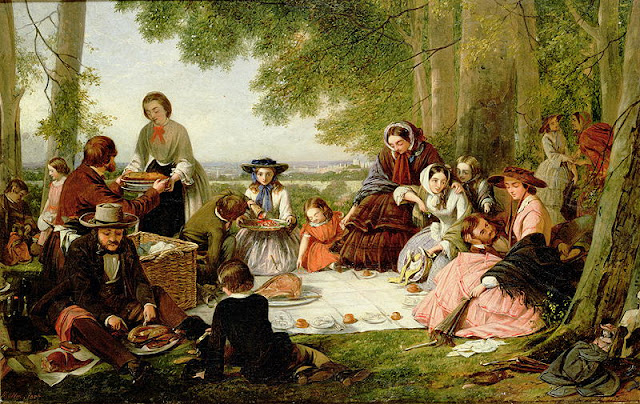The blockade hit hard. Wheat prices rose fast. Speculators hoarded flour. By 1863, women were rioting in the streets of the South because they couldn't buy bread. The Richmond Examiner (1865) reported that shops were selling bread in 3 sizes: "The first is only visible by microscopick aid; the second can be discerned with the naked eye, and the third can be seen with outline and shape distinct."
Southerners rushed to show off their ingenuity by using substitutes for wheat and relied heavily on cornmeal but people soon tired of substitutes and worked to try to figure out more complex substitutes that better mimicked the real articles. Soldiers and civilians alike wrote about being sick of corn bread.
Sarah Morgan, expressed her joy of having received real bread in New Orleans in 1863:
One woman who has recently joined us has nothing except a matress... But then, we got bread! Real, pure wheat bread! And coffee! None of your potato, burnt sugar, and parched corn abomination, but the unadulterated berry! I cant enjoy it fully though; every mouthful is cloyed with the recollection that Lilly and her children have none.
This recipe is from The Confederate Receipt Book (1863.) The pumpkin in this recipe is used as a substitute for milk, eggs and butter and to help mask the taste of cornmeal. It has a slight taste of pumpkin but you might not even realize there is cornmeal in it. Topped with a little butter and molasses, it does taste surprisingly like regular wheat bread.
Civil War Pumpkin Bread Recipe
- 1 Cup Pumpkin Puree (fresh or canned)
- 1 Cup Cornmeal
- 2 Cups Bread Flour
- 1 Package of Yeast dissolved in 1/4 cup of warm water (105°F-110°F)
- 1 Tablespoon Molasses
- 1 Teaspoon Salt
In a medium sized bowl, mix the dry ingredients then add the wet ingredients. Knead on a floured surface for 6-8 minutes adding flour to make a soft dough. Place in a greased bowl and cover with a warm, wet cloth and set in a warm spot for 30 minutes to let it rise. Punch down the dough. Grease your bread pan(s) and form a loaf in it. Let it rise in a warm spot, covered with a wet cloth for an hour. Preheat oven to 375°F and bake for 20-30 minutes. Remove from pan and cool on a cooling rack.
**I made 3 small loaves which baked fully in 20 minutes.
My site uses affiliate links. If you are planning on making a purchase, I would greatly appreciate if you would use the affiliate links above. It doesn't cost you any more but it does help me keep the website running. Thanks!














































